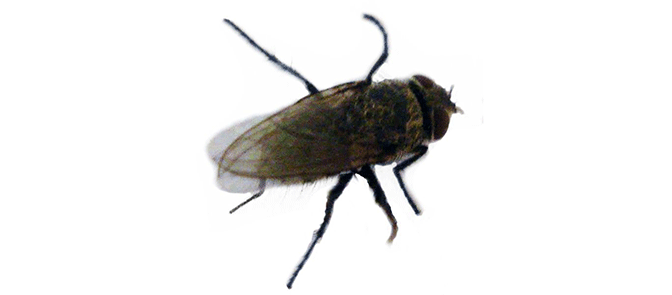
Can DIY Pest Control Actually End Up Costing you More Money?
We live in an age where we have access to almost anything. Countless items are sold online and how-to training videos are increasingly available online for free or at a low cost. This has given rise to the increased interest in Do-It-Yourself home projects. With more information, people feel better equipped to save their money and take their home projects into their own hands, but do they always save money?
When pricing out a DIY project, there’s a couple of costs you have to consider.
- Time/Effort Cost
- Effectiveness Cost
- Actual Cost
The time cost and effectiveness cost are often overlooked because they they are not easily measured as a monetary out-of-pocket expense.
Time Cost
When attempting DIY pest control, you need to first look at the time cost. An easy way to determine the value of your time is to look at how much you make in an hour at work and use that as a reference. If you make $20 an hour, and the project takes you a total of 2 hours, then the time cost of the project is $40. You should also be aware of hidden time costs within a DIY project. You need to consider how long it will take to research the best solution, how long it will take you to pick up the products, how long it will take you to perform the pest control, if your project requires any ongoing involvement, and there’s always a chance that the project doesn’t work and you’ll find yourself at square one again.
You also have to be OK with the fact that you will be the one doing the work rather than a professional. Some people are OK with this, but others would rather have one less thing on their plate especially when having to balance work, family, personal time, and other commitments.
Effectiveness Cost
Next you need to consider the effectiveness cost. This is easiest if you have tried the project before, but effectiveness can vary even on repeated DIY projects. The first half of this cost is figuring out if the pest solution you are attempting is a short-term solution or a long-term solution. Most DIY pest solutions are reactionary and don’t fix the core of the problem leaving the person doing the project with an issue they have to continually maintain. For example, the short-term solution to a mouse problem would be to place mouse traps in areas where mice (or their droppings) have been seen. The long-term solution is to locate and seal the access points mice are using to enter your home. You may find yourself repeating the DIY solution multiple times throughout the year. Solutions from pest experts primarily focus on getting pest problems under control and delivering a service that is sustainable and works to prevent pest issues from popping up in the future. With DIY pest control you also risk letting pests, that are usually prolific breeders, grow in population if the product or solution is unsuccessful.
After considering whether your solution is a long-term solution or short-term solution, you should try to estimate how your effectiveness would compare to a professional service. A conservative estimate would put the average DIY pest solution at 33% effectiveness compared to the service provided by a professional pest control technician. This means that it may take someone 3 times as long to solve their pest issue when compared to hiring a pest control. This is because the average over-the-counter DIY pest products aren’t as effective as the products pest control companies use. The average DIY pest product is more focused on short-term solutions, and the average person doesn’t have the same level of pest expertise as a professional technician. Considering the effectiveness is important when comparing DIY with a professional solution.
Actual Cost
The last step is the easiest step, tracking the actual costs. This would include any products you have to buy as well as any shipping you have to pay. Good products generally cost a decent amount of money, but even high quality products in the hands of someone who is inexperienced can be ineffective and even dangerous to your health.
DIY Rodent Example
Time cost (5 hours X $20/hr): $100
Rodent control supplies (traps, bait): $35:
Effectiveness: 33% for a short-term solution. You see less rodents, but you may not have solved the long-term problem of keeping them from coming back.
In this example, your DIY mouse service costs $135 with a 33% effective solution. Compare that to a professional mouse control service that is guaranteed to get rid of the problem and keep them from coming back.
Conclusion
Some DIY projects can save you money over buying the actual service or product, but pest control is usually not one of the areas where you can DIY to save money and have the same effectiveness. Not only are there the costs listed above, but quality of life considerations such as loss of sleep, anxiety, and avoiding areas of your house due to pests as well. You can apply these considerations to any DIY project to price out if it is actually worth it.



